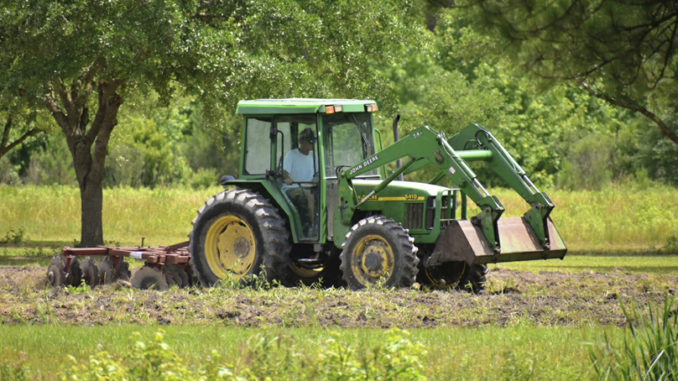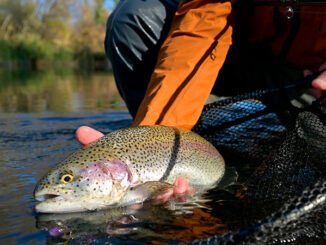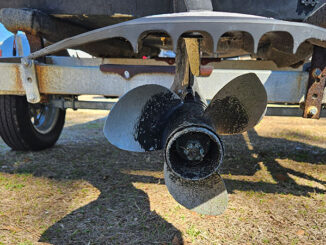
Carolina hunter/landowner has great food plot plan
Food plot productivity and success is mostly a factor of pure science. Growing a hearty food plot is a product of complex chemical reactions through a laundry list of catalysts required to make the engine roar. While growers can plan everything out down to the number of seeds and the pounds of fertilizer, Mother Nature is still in the driver’s seat.
But it sure doesn’t mean that growers can’t learn from years of trials to produce the best possible outcomes on their land. One grower with many years of successful food plots is Rich Roberts of Stokes County, N.C.
For more than 25 years, Roberts has turned a plow on his hunting properties to produce high-quality forage for his deer. He isn’t trying to grow enough food to feed a village. But he is surely providing beneficial nutrition for his deer herd. It also gives him a decent spot to sit when archery season arrives.
Food plots produce benefits beyond hunting
“In the early 90s, I began thinking about food plots and how they might help my chances of harvesting a good deer. But my direction has changed somewhat over the years to provide good to the herd in general,” Roberts said. “It’s a satisfying feeling to be able to watch a particular deer grow old in an area, knowing your efforts made that possible.”
Through years of trials and loads of sweat and diesel fuel, Roberts has learned a lot that can save others time and money.
“You don’t have to own hundreds of acres to plant plots,” he said. “You may not hold deer all year long. But you can make a difference with a half-acre plot to increase your sightings and possibly your harvest opportunities.”
For more than two decades, Roberts has experimented with dozens of methods and food-plot strategies to feed his deer. He has met his share of plot failures and successes. And he has honed in on a preferred process that routinely produces good results on his properties.
Keep it simple for food plots
“Bottom line, don’t get too fancy. We aren’t trying to raise a crop to feed the kids,” he said. “Alfalfa and soybeans are supreme deer foods. But I’ve found reasons not to go with either. Alfalfa is too much trouble. And soybeans will not last long enough to feed the deer for a long duration.”
Roberts keeps it simple. He generally prefers pure stands of Plot Spike forage-style oats or he will plant Forage Feast, a mixture of forage-style oats, clovers and broadleaf greens. He begins cutting in 100 pounds of lime per acre in June, followed by a quick mow in July with a generous treatment of glyphosate afterwards to begin with a relatively weed-free plot. Fortunately, most of the problematic grasses and weeds invade in spring. But a summer herbicide treatment before planting can always reduce competition and prevent crop failures.
Planting season for Roberts is generally around early August when adequate rainfall is in the forecast. He will till the plot and sow seed selections at 50 pounds per acre of forage oats or Forage Feast. And a shallow planting depth is at the top of his list of critical aspects to control.
Don’t forget fertilizer
“With the exception of my clover plantings, I sow all my seeds no more than ½-inch deep and pack in the entire plot for a firm seedbed. I don’t cover clover seed. I just pack it in and fertilize it,” he said.
At planting, Roberts spreads 200 pounds per acre of 10-10-10 fertilizer and prays for rain to kick-start his food plot program into gear. This is where many food-plot growers end fertilization. Roberts will take it one step further, two weeks after planting when the plants are several inches high. He will sweeten the pot with an additional nutrient boost of 17-17-17 fertilizer at a rate of 40 pounds per acre.
“I have used this system for many years, and as long as I get good rainfall, it will produce a strong plot by opening day. It’s put a few early season Pope & Young deer on the ground,” he said.
-Click here to see why canopy food plots are good choices.





Be the first to comment